An introduction to the 85-kilogram Angel Manor in Costa Rica.
Professional coffee knowledge exchange more coffee bean information please follow the coffee workshop (Wechat official account cafe_style)
Costa Rica Finca Angelina
Angel Manor
Country: Costa Rica
Manor: Angel Manor
Producing area: Western valley
Altitude: 1550m
Variety: Kaddura
Treatment: insolation
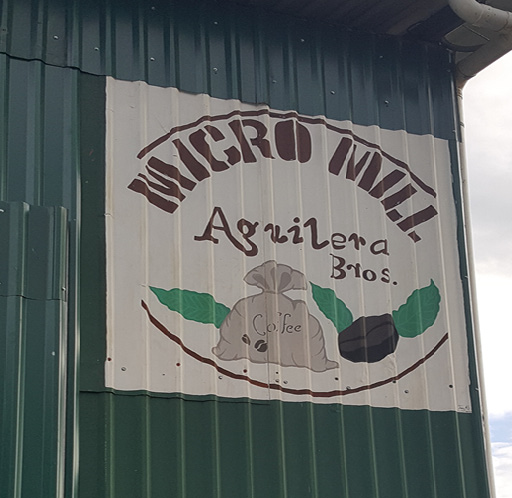
| 01 | production area description |
Costa Rica is located in the Central American Gorge, with many volcanoes, natural advantages of sunshine and land, and the climate is reconciled by Pacific and Atlantic currents and sea breezes. The coffee produced is deeply influenced by the local micro-climate and soil conditions. coupled with the level of stable treatment and development policies, it has always been famous all over the world for producing coffee with rich and bright acidity, mellow and clear texture.
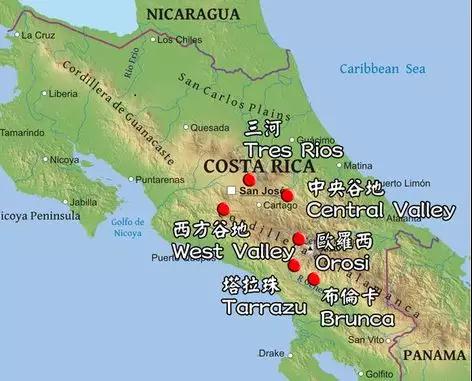
Costa Rica began to grow coffee about 200 years ago. It was first planted on the slopes of the Poas and Barva volcanoes, which is now known as the Central Valley (Central Valley). The seven main coffee producing areas are distributed from northwest to southeast, along with the inland central plateau.
Costa Rican volcanic terrain with fertile volcanic ash, mild and suitable temperature, and stable and abundant rainfall is one of the reasons why coffee has become one of the main agricultural products in Costa Rica. There are now eight main coffee growing areas: Tarrazu (Tarazu), Tres Rios (Sanshui River), West Valley (West Valley), Central Valley (Central Valley), Orosi (Orosi), Brunca (Blanca), Turrialba (Churiapa) and Guanacaste (Guanakast).

Although the western valley does not seem to be 1800 meters above sea level as the Tarrazu area, because the western valley is blown by more Pacific air, the temperature is often cooler than other mountains at higher elevations. Therefore, the quality of coffee cherries and seeds is very excellent.
02 | Manor introduction

In recent years, micro-processing plants in Costa Rica have sprung up like bamboo shoots after a spring rain, making more high-quality micro-batch coffee easier to understand by the market. Angel Manor, owned by the The Aguilera's brothers, is one of them.

Angel Manor Finca Angelina is located in the western valley region of West Valley, belonging to one of the Aguirette family The Aguilera's; the Aguirette family The Aguilera's has grown coffee since their parents, whose father was the first to grow coffee in the area, and planted the first coffee on a piece of land where farmers had warned that it was not suitable for growing coffee.

At present, a total of 12 brothers and sisters inherit the family business, and the third generation has joined the coffee industry one after another. Planting and taking care of coffee gardens are done by themselves. In addition to hiring several temporary workers to help pick coffee cherries during the harvest season (from the end of October to early March next year), post-processing, sun drying, storage and so on are also done by themselves. They understand that the quality of coffee represents the level of the manor and the farm, so they attach great importance to every detail. The Aguilet family not only produces excellent and delicious boutique coffee, but also sets up a football team that has achieved outstanding results in all tournaments in Costa Rica.

The production and marketing of the Aguilera family are all under their own control and the pursuit of refined production, resulting in the production of high-level coffee, won the fourth place in the excellent cup in 2007. (we also have a bean from the Aguilet family-red wine in the sun. )

This batch is the micro batch of the cheetah project [Sunshine Kadura], with a global limit of 85kg. Excellent coffee varieties encounter refined production, only to get this rare [micro-batch] boutique coffee beans.
03 | Analysis of raw beans
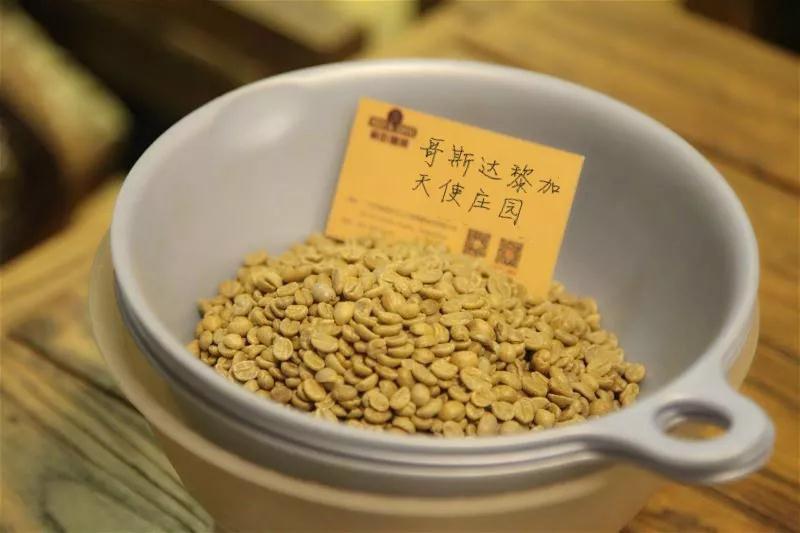
Kaddura (Caturra), a natural variety of Arabica variety bourbon, was discovered in Brazil in 1937. Its tree is not as tall and shorter as bourbon. Due to inheriting the blood of bourbon, the resistance is relatively weak, but the yield is higher than that of bourbon. Although found in Brazil, Kaddura is not suitable for growing in Brazil, so it is not planted on a large scale in Brazil, but is popular in Central and South America, such as Colombia, Costa Rica and Nicaragua. Kaddura is widely planted in Brazil.

At the site where Kaddura is planted, the higher the altitude, the higher the quality, but the corresponding yield is also less. When Kaddura is slightly roasted, the sour aroma is obvious and the whole is bright, and the sweetness can be very good with proper treatment, but the mellowness of coffee is relatively low compared with bourbon, and the cleanliness of the taste is a little less.
04 | Baking analysis
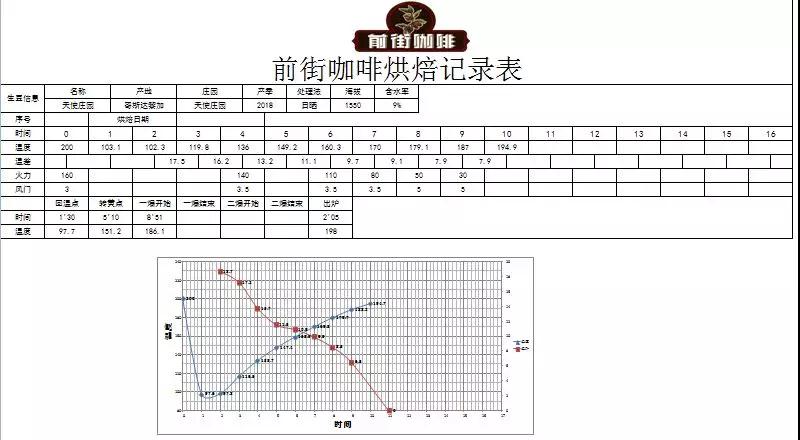
This coffee belongs to the SHB grade extremely hard beans, the bean density is high, the moisture content is medium, the yellowing point is about 5 minutes 10 seconds, then reduce the firepower to open the throttle into the Mena reaction, when an explosion, open the throttle, keep the firepower, the temperature is about 186.1 ℃, 2 minutes 05 seconds after the explosion.
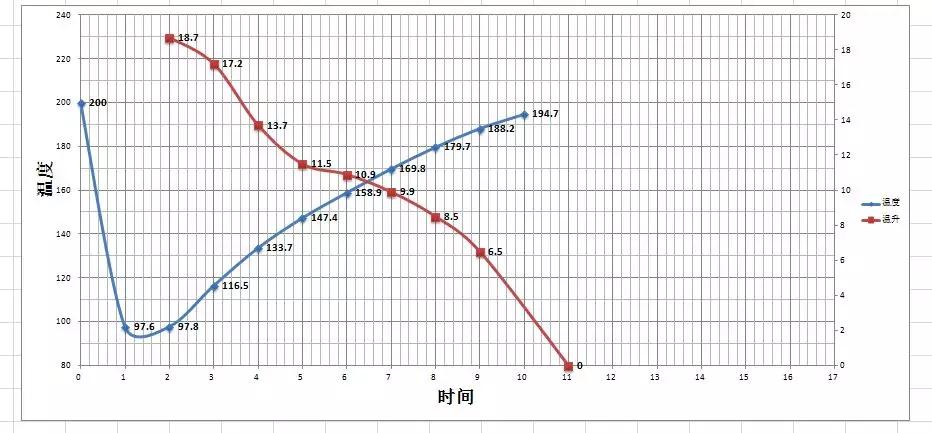
Roaster Yangjia 600g semi-direct fire
The furnace temperature is preheated to 200 degrees into the pot, the throttle is opened at 3jing30s, the firepower is adjusted to 160, the temperature recovery point is 1: 30 ", keep the firepower, 5: 10" turns yellow, the smell of grass disappears, enters the dehydration stage, the firepower is lowered to 140, the throttle is opened to 3.5, and the firepower is reduced to 110 again at 166 degrees.
When the dehydration was completed at 8pm, wrinkles and black markings appeared on the bean surface, and the smell of toasted bread changed to coffee, which was a prelude to an explosion, when the firepower dropped to 80, the throttle remained at 3.50, and listened to the sound of an explosion. To 8: 51 "started to explode, the throttle opened 5, and the fire gradually dropped." after the explosion, the development time was 2 minutes 39, and the pot was put into the pot at 198 ℃.
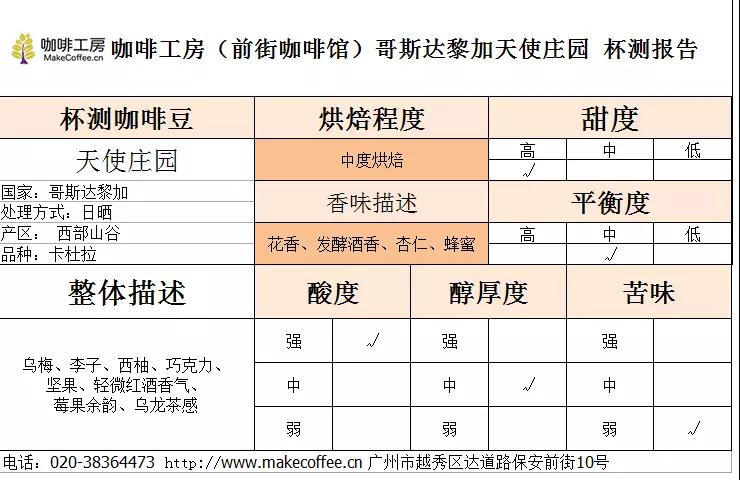
This bean has a slight aroma of sun-fermented fruit and aromas of honey and almonds, with rich floral aromas, with acidity of plum, plum and grapefruit, as well as some nutty and chocolate flavors, with raspberry aftertaste and oolong tea aromas with hints of red wine. The cleanliness is extremely high, and the sweet and sour feeling is obvious.
05 | Cooking analysis
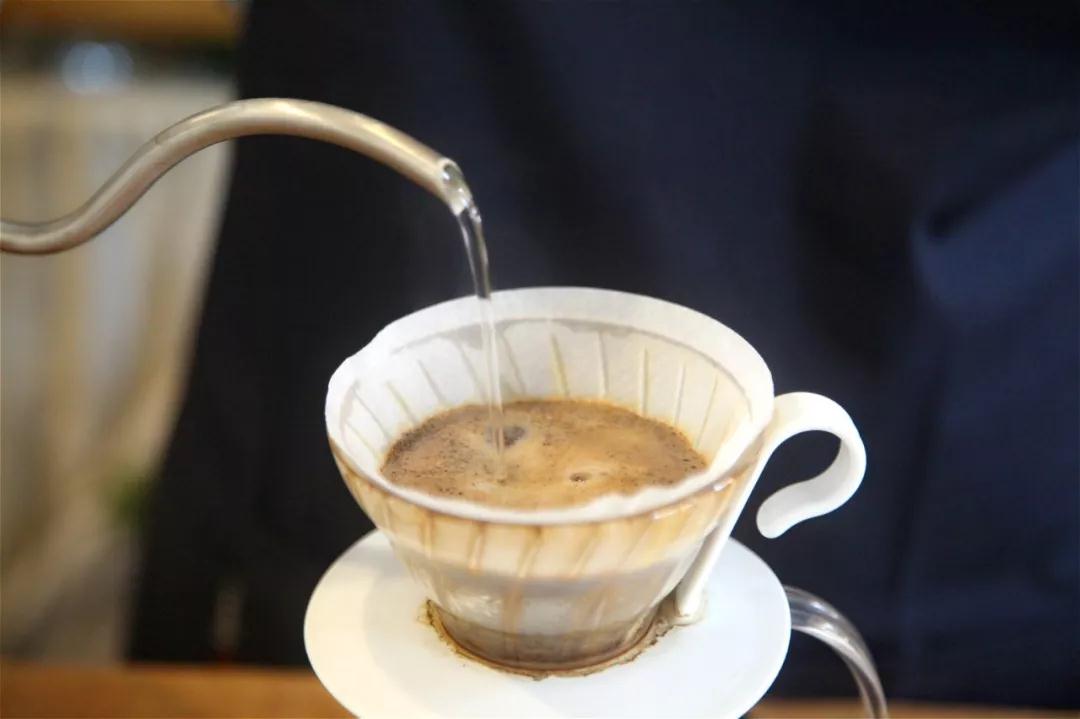
Recommended cooking method: hand flushing
Degree of grinding: 3.5 (Japanese little Fuji R440)
V60 filter cup, 15g powder, water temperature 90 degrees, grinding 3.5, powder / water ratio 1:15
Steaming in 30 grams of water for 30 seconds
Section: water injection to 120g cut off, slow water injection to 225g
That is, 30-120-225g
Bean grinder
Grinding degree
Powder quantity
Filter cup
BG
4M
15g
V60
Water temperature
Stuffy steam
The second stage of water quantity
The third stage of water quantity
Total time 2:00
90 degrees
30g water for 30s
90g
105g
Total water volume: 225g
Sweetness: ☆☆☆
Acidity: ☆☆☆
Bitterness: ☆

Important Notice :
前街咖啡 FrontStreet Coffee has moved to new addredd:
FrontStreet Coffee Address: 315,Donghua East Road,GuangZhou
Tel:020 38364473
- Prev

What are Hainan coffee beans? Hainan coffee beans are exposed. How is Hainan coffee processed?
Professional coffee knowledge exchange more coffee bean information Please pay attention to the coffee workshop (Wechat official account cafe_style) Hainan is very low, planting small seeds not only the yield is low, but also the tree life is not long. Finally, they began to plant medium-grain coffee as the most suitable variety to be cultivated in Hainan.
- Next
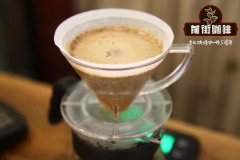
What is the best brand of charcoal roasted coffee in Hainan? what price is a bag of Hainan coffee?
Professional coffee knowledge exchange more coffee bean information please follow the coffee workshop (Wechat official account cafe_style) Hainan Island in addition to sightseeing, are there any specialties? In fact, there is the so-called Hainan coffee, and it is brought back by overseas Chinese who lived in Southeast Asia in the early days, and because of the climate and environment, it specializes in growing medium-fruit coffee, that is, the so-called Robusta.
Related
- Detailed explanation of Jadeite planting Land in Panamanian Jadeite Manor introduction to the grading system of Jadeite competitive bidding, Red bid, Green bid and Rose Summer
- Story of Coffee planting in Brenka region of Costa Rica Stonehenge Manor anaerobic heavy honey treatment of flavor mouth
- What's on the barrel of Blue Mountain Coffee beans?
- Can American coffee also pull flowers? How to use hot American style to pull out a good-looking pattern?
- Can you make a cold extract with coffee beans? What is the right proportion for cold-extracted coffee formula?
- Indonesian PWN Gold Mandrine Coffee Origin Features Flavor How to Chong? Mandolin coffee is American.
- A brief introduction to the flavor characteristics of Brazilian yellow bourbon coffee beans
- What is the effect of different water quality on the flavor of cold-extracted coffee? What kind of water is best for brewing coffee?
- Why do you think of Rose Summer whenever you mention Panamanian coffee?
- Introduction to the characteristics of authentic blue mountain coffee bean producing areas? What is the CIB Coffee Authority in Jamaica?

